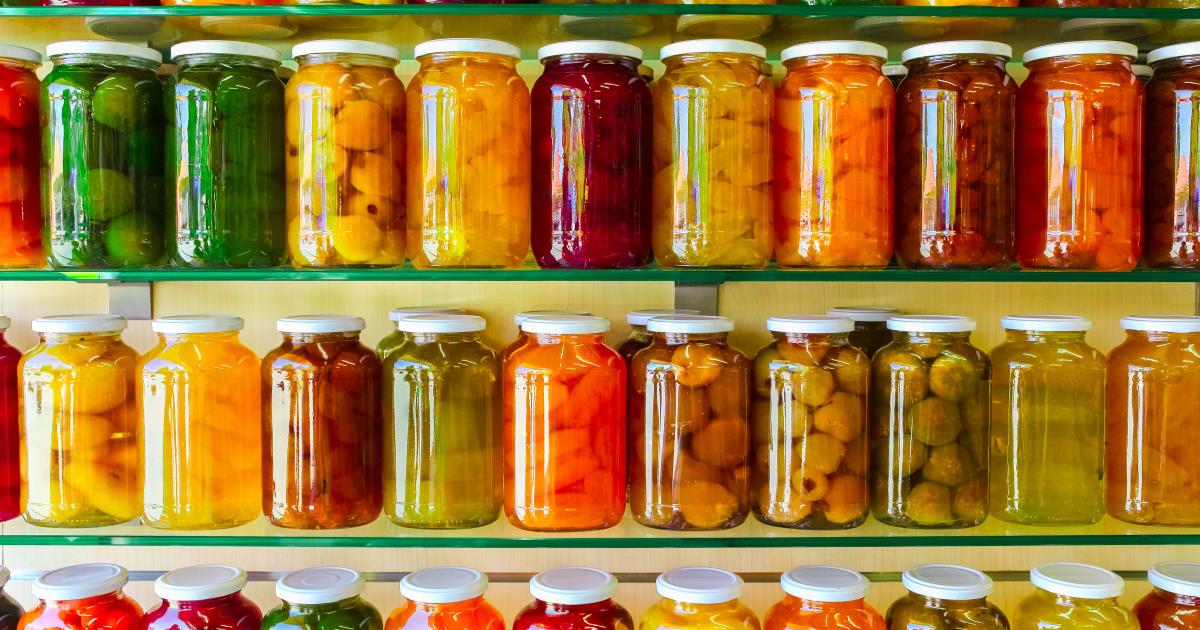Canning and the Home Garden

If you’ve ever had a vegetable garden you know that harvest does not happen in nice meal sized bunches. Instead you are often left with a massive bounty that no one family could ever consume and your neighbours start to hide for fear of being given another bushel of whatever you’re toting. For this reason a good system for preserving food is critical.
Canning covers two preservation methods but either way it’s a method of preserving that involves applying heat to food in a closed-glass canning jar and removing air from the jar, effectively sealing it. There are two home canning methods: water bath canning and pressure canning. I’ll be honest, I’ve never pressure canned anything. The equipment can be a bit costly, and so is not something I have made the foray into yet.
Great foods for water bath canning include: Fruits, Fruit juices, Jams and jellies, Salsas, Fresh tomatoes (with added acid), Pickles and relishes, Chutneys, Vinegar, Condiments
Great foods for pressure canning include: Green beans, Potatoes, Corn, Carrots, Beets, Sweet peppers, Pumpkins, Greens, Meats
The benefits of canning include
- Can keep canned foods on shelves from 1-2 years or longer
- Is an economical way to preserve food from either your home garden or farm markets
- Canning alters food chemically by changing the moisture, pH, or salinity levels to protect against microbes, bacteria, mold, and yeast
The disadvantages
- Glass jars can break or seals can be broken causing spoilage
- Canning is time consuming
- It reduces the nutritional value of food by up to 65%

